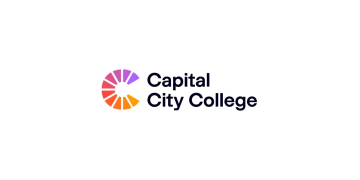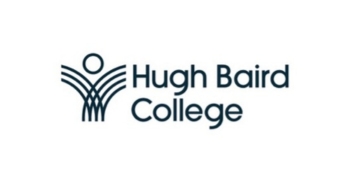A government scheme to encourage former teachers to return to the classroom missed its targets and is “unlikely to represent good value for money” after large numbers of people without the right experience signed up.
The Return to Teaching pilot programme, which ran from 2015, aimed to support 650 former teachers to teach EBacc subjects at secondary schools, but an evaluation of the scheme has found that it only recruited around 350, just eight per cent of whom met the government’s deadline and started teaching in November 2016.
Although 5,729 people registered their interest, almost double the government’s target of 3,000, just 354 were given support between January and September 2016. The remainder chose not to continue or were not eligible. The government had previously claimed that 426 returners were supported, but it was revealed today that 72 withdrew or failed to begin training.
Returners were rejected by schools for a range of reasons: some didn’t want to teach an Ebacc subject, some weren’t qualified teachers, and some lacked subject knowledge. Some even needed “support beyond what the school could accommodate”.
The impact of the pilot was “limited” in achieving its aim of bringing additional teachers back into teaching. Only 27 of those who received support (eight per cent) achieved the stated target of teaching Ebacc subjects at secondary schools by November 2016.
A further 35 returned to teaching, but either not in a permanent position or not teaching an Ebacc subject at a secondary school.
New analysis, also revealed that the cost of each returner who met the scheme’s aims is estimated at £37,400. This is similar to the cost of training a new teacher, but the report warns that “returners are older and therefore likely to have a shorter career than a newly qualified teacher”.
“The pilot was unlikely to represent good value for money,” said the report. “The lack of success was primarily due to issues with timing, recruitment challenges and the suitability for some participants, as well as a lack of practical teaching opportunities available in some of the participating schools.”
A total of £586,900 in grant funding was shared between 60 schools which took part in the pilot, and were expected to “offer a package of support tailored to tackle obstacles to re-entry”. The average grant cost per participant was £1,425.
However, the majority of schools said they had recruited “fewer returners than they had initially intended. This was largely due to a lack of suitable applicants.”
The DfE surveyed 818 of those who registered an interest. Twenty-eight per cent had no experience of secondary teaching in the English state sector and 24 per cent had only their training year or their training year and a qualifying year.
Just 44 per cent of those who took part in the programme said it had met their needs, and most wanted more practical classroom experience. Concerns were also raised about the timing of the scheme, which finished too late for most recruits to get jobs in time for the next academic year.
However, the report said that “encouraging qualified teachers to return to teaching is a worthwhile activity” and those that had taken a break in their career “have the greatest potential to make a successful return with minimal support”.







Not sure I agree with this.
“New analysis, also revealed that the cost of each returner who met the scheme’s aims is estimated at £37,400. This is similar to the cost of training a new teacher, but the report warns that “returners are older and therefore likely to have a shorter career than a newly qualified teacher”.”
So the cost of training under Return to Teaching is not greater than the ‘standard’ costs, but it is portrayed as offering less value because returners are older and will have a shorter career than an NQT.
Firstly that assume NQTs are young – not a given.
However, we are constantly told about the massive turnover of NQTs and how many leave the profession. If the Return to Teaching programme results in teachers having an average theoretical maximum career of 20 years, with an average time served of 15 years that it MUCH better value than an NQT with an average theoretical maximum career of 40 years, with an average time served of 5 years. (Purely hypothetical figures)